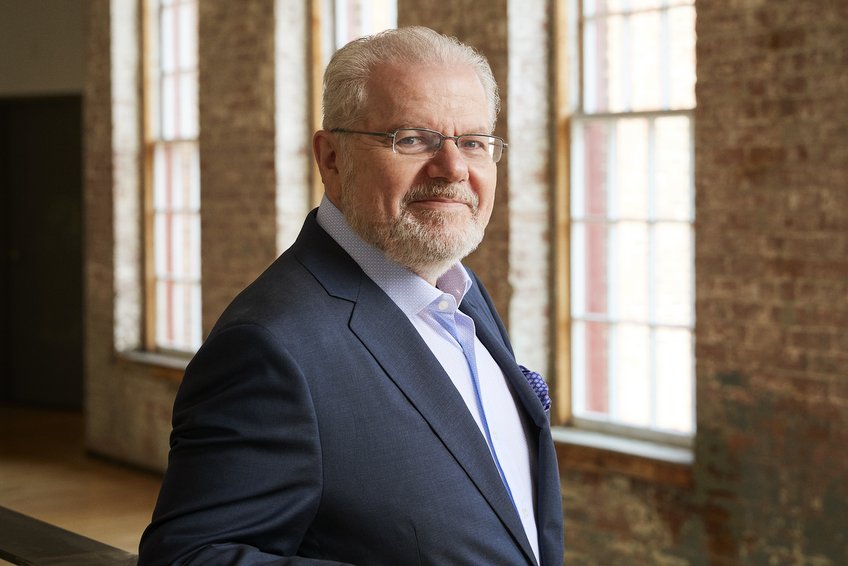On Aprill 22, pianist Emanuel Ax plays music of Franz Schubert and Franz Liszt.
Piano Sonata No. 13 in A Major, D. 664, Op. posth. 120
Schubert
Composed while on holiday with baritone Johann Michael Vogl — a champion of a young Schubert, whose enthusiasm for the composer’s lieder among Viennese society would lead to the widely popular Schubertiade — the A Major Sonata is a youthful, melody-rich work that, though brief in duration, leaves a lasting impression on the listener. Schubert was only 22 years old when he composed this early piano sonata, during a period which resulted also in his well-known Trout Quintet along with a number of songs. Indeed, art song, or lieder, made up a large proportion of the composer’s youthful output, and one may hear even in the A Major sonata this melody-driven approach from the first notes of the sonata’s initial movement.
Listen for:
The ABA form of the first movement’s opening melody, a song-like gesture with which audiences of the time would have been familiar
The alternating major and minor mood of the second movement’s opening theme, a highly Schubertian characteristic
The characteristic dotted rhythms of the final movement’s pastoral dance
– – – – – – –
Piano Sonata No. 21 in B-flat Major, D. 960
Schubert
The shadow of Schubert’s immediate predecessors, Haydn, Mozart, and Beethoven, in the form of the piano sonata loomed particularly large in the final year of Schubert’s life as, understanding his health was failing, the composer set about to build his own final legacy within the form. The Piano Sonata in B-flat Major is a somber, melancholy evocation of the wandering spirit — perhaps Schubert’s own — seeking solace. Indeed in the first movement of the sonata, Schubert quotes his song “Der Wanderer”: “I wander, silent and joyless […] I am a stranger everywhere.”
Listen for:
Repeated trills in the lower register of the piano interrupting the theme, a harbinger, perhaps, of fate
The opening theme of the final movement, modeled on the finale of Beethoven’s late string quartet of the same key
– – – – – – –
Four Songs of Franz Schubert
Liszt
With a reputation as the Romantic Era “rock star,” Liszt is easily overlooked for his more scholarly role as a sort of musical conservator. Indeed, through some 700 solo-piano arrangements, Liszt aimed to preserve for posterity the works of such great composers as Bach, Beethoven and Schubert. Encompassing 56 songs, Liszt’s infrequently-performed Schubert arrangements are skillful pianistic marvels that offer us the unique — and rare — opportunity to hear Schubert as Liszt himself heard him.
Listen for:
Liszt’s pianistic choices that enable the instrument to capture both vocal melody and piano accompaniment
How even without text, the programmatic nature of the music shines through as we seem to feel the narrative unfolding before us
– – – – – – –
ALSO ON THE PROGRAM
Selections from Années de pèlerinage I, S. 160
Liszt
Liszt admired Schubert’s craft for distilling poetic sense into his every musical choice. In Vallée d’Obermann, based on an eponymous literary work, Liszt, inspired by his years of pilgrimage with the lover whom he’d impregnated out of wedlock, strove to portray through music the yearning of the work’s philosophical youth who retreats to find solace. One may see the parallels with Liszt’s own lived experiences in the period.
“Music and literature, more than ever before, feel themselves mutually attracted and are striving for inner union.” — Liszt

